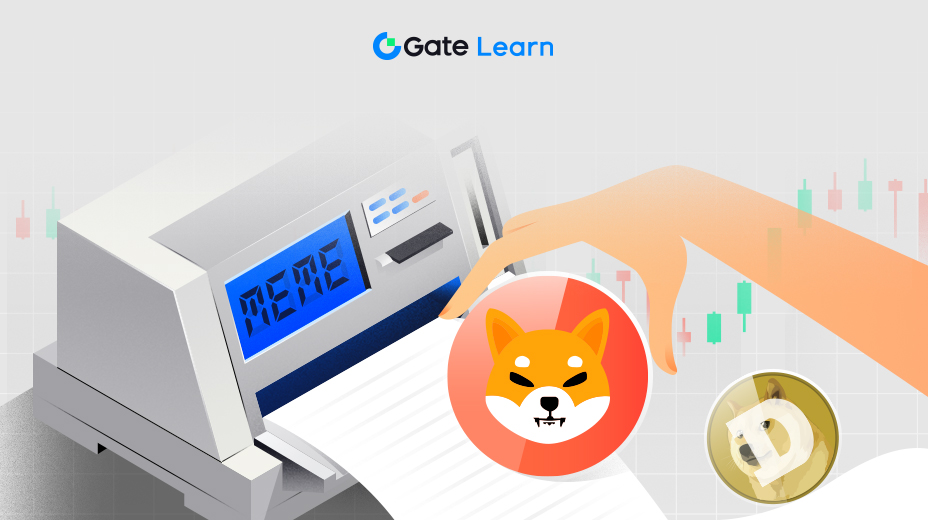個人のセキュリティのリスク
現在、デジタルの世界、特に暗号ではセキュリティリスクが蔓延しており、高度なサイバー攻撃の増加により、悪意のある侵入者からデータやシステムを保護するためのセキュリティ対策を講じることが重要になっています。 この記事では、企業や個人が攻撃から身を守るために知っておく必要のあるさまざまな種類のセキュリティリスクについて説明します。 回避すべき最も一般的なリスクのいくつかを分析しましょう。
ブルートフォース攻撃

ブルートフォース攻撃は、攻撃者が正しい組み合わせが見つかるまで考えられるすべての組み合わせを試してパスワードを解読しようとするハッキング方法です。 この方法は、パスワードが弱く、簡単に推測できる場合に機能します。 ブルートフォース攻撃は、電子メール、ソーシャルメディア、銀行などのオンラインアカウントのパスワードを解読する際によく使用されます。
ブルートフォース攻撃を回避するには、推測しにくい強力なパスワードを作成することが重要です。 強力なパスワードには、大文字と小文字、記号、数字を組み合わせて含める必要があります。 さらに、2要素認証(2FA)を使用すると、アカウントにセキュリティの層が追加され、攻撃者がアカウントにアクセスするのが難しくなります。
フィッシング

フィッシングは、正当なエンティティを装って機密情報を提供させる攻撃の一種です。 攻撃者は通常、電子メールまたはインスタント メッセージを使用して、ユーザーをだましてログイン資格情報や個人情報を提供させます。 フィッシング攻撃は、電話やSMSメッセージを介して実行することもできます。
フィッシング攻撃を回避するには、リンクをクリックしたり、添付ファイルをダウンロードしたりするように求める電子メールやメッセージに注意することが重要です。 送信者のメールアドレスを常に確認し、メッセージが正当かどうかを確認してください。 また、フィッシング攻撃の検出と防止に役立つフィッシング対策ソフトウェアを使用することをお勧めします。
続きを読む: フィッシング攻撃とは何ですか?
ソーシャルエンジニアリング

ソーシャルエンジニアリングは、人間の心理を悪用して人々をだまして機密情報を明らかにさせる攻撃の一種です。 攻撃者は、機密情報にアクセスしたり、システムを侵害したりするために、ソーシャルエンジニアリング戦術を使用することがよくあります。 ソーシャルエンジニアリング攻撃には、なりすまし、偽り、餌付けなどがあります。
ソーシャルエンジニアリング攻撃を回避するには、攻撃者が使用する戦術に注意することが重要です。 知らない人や信頼できない人に機密情報を開示せず、個人情報を要求する人の身元を常に確認してください。 ソーシャルエンジニアリングの危険性について従業員や個人を教育することも、攻撃を防ぐのに役立ちます。
窃盗

盗難は、ラップトップ、スマートフォン、その他のデバイスなどの物理的な資産の盗難を伴う物理的なセキュリティリスクです。 盗まれたデバイスには機密情報が含まれている可能性があり、サイバー攻撃や個人情報の盗難を実行するために使用される可能性があります。
盗難を防ぐには、デバイスと物理的な資産を安全な場所に保管することが重要です。 使用しないときにデバイスをロックすると、盗難を防ぐのに役立ちます。 さらに、デバイス上のデータを暗号化すると、攻撃者が機密情報にアクセスすることが難しくなる可能性があります。
契約を承認するリスク、
データ侵害

データ侵害は、攻撃者が機密データへの不正アクセスを取得する攻撃の一種です。 データ侵害は、システムの脆弱性、脆弱なパスワード、またはソーシャルエンジニアリング攻撃が原因で発生する可能性があります。 データ侵害の結果は深刻であり、経済的損失、個人情報の盗難、企業の評判の低下につながる可能性があります。
データ侵害を回避するには、ファイアウォール、侵入検知システム、暗号化などの強力なセキュリティ対策を講じることが重要です。 ソフトウェアを定期的に更新し、セキュリティパッチを実装することも、データ侵害を防ぐのに役立ちます。
マルウェア

マルウェアは、悪意のあるソフトウェアを使用してシステムにアクセスしたり、データを盗んだりする攻撃の一種です。 マルウェアは、電子メール、添付ファイル、またはダウンロードを介してシステムに導入される可能性があります。 マルウェアをインストールすると、データの盗難、ファイルの暗号化、データの削除など、システムに重大な損害を与える可能性があります。
マルウェア攻撃を回避するには、マルウェアを検出して削除できるウイルス対策ソフトウェアを使用することが重要です。 さらに、ソフトウェアをダウンロードしたり、リンクをクリックしたりするときは注意することが重要です。 信頼できるソースからのみソフトウェアをダウンロードし、不明なソースからのリンクをクリックしないでください。





